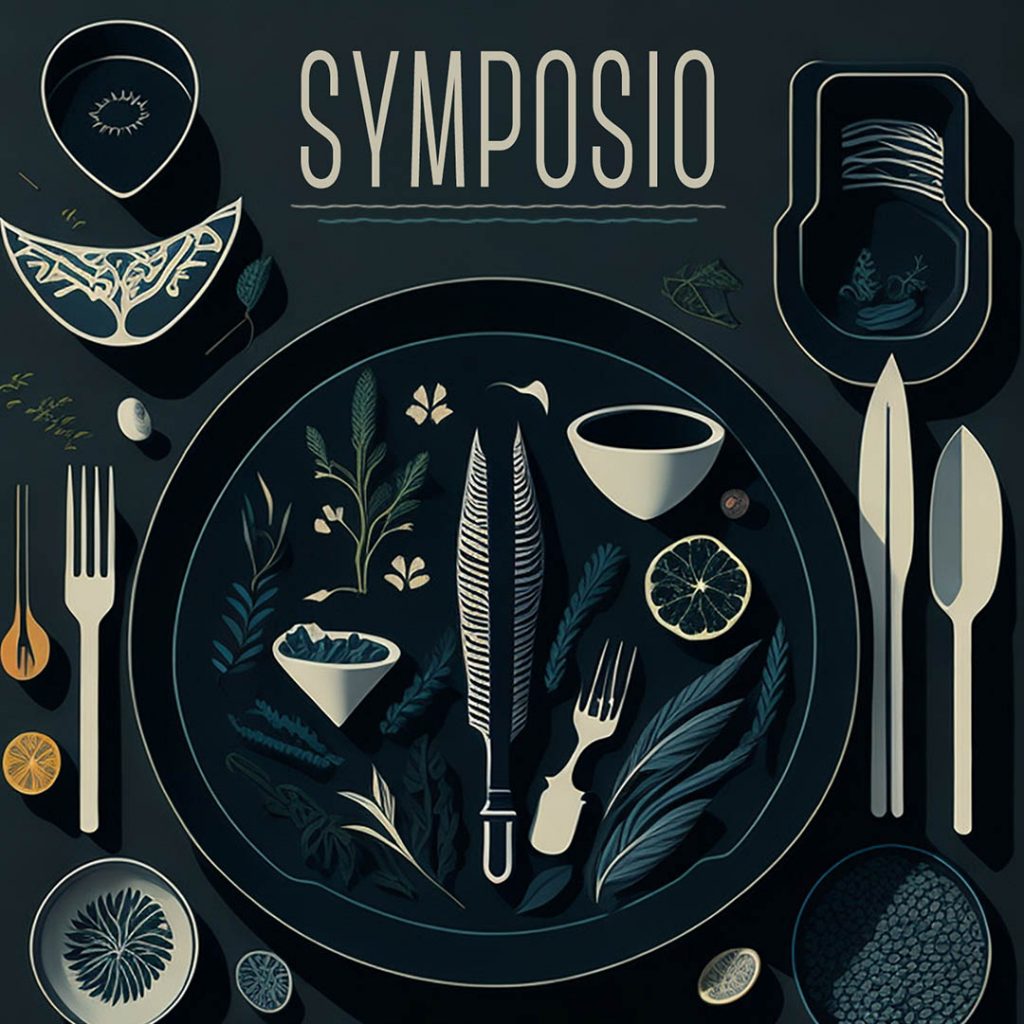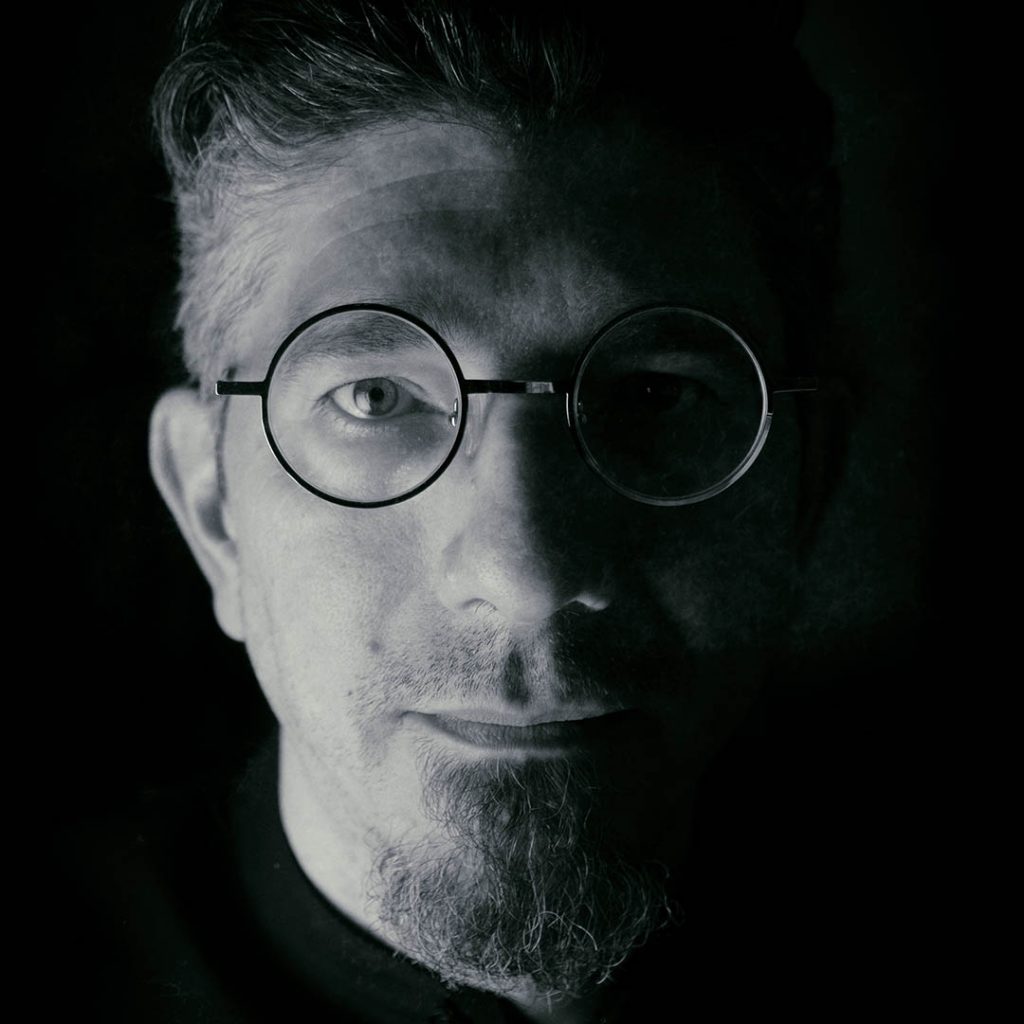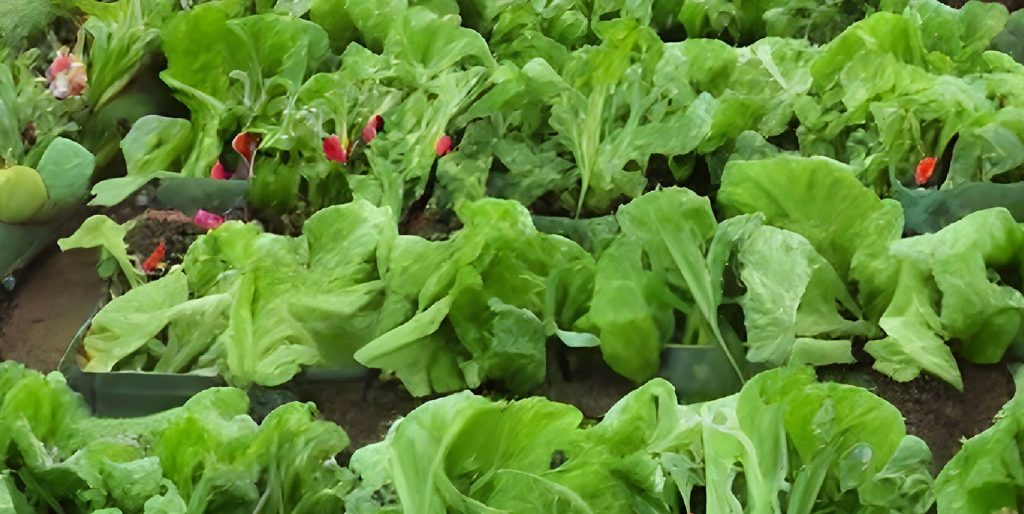HUNGRY ECOCITIES > Humanizing Technology Experiments

SYMPOSIO
“SYMPOSIO” seeks to redefine tableware design for sustainable and enjoyable dining experiences. AI-optimized designs will be developed by researching eating cultures worldwide, collecting data on food consumption behaviors, and generating new designs for tableware.
DIRECTION OF EXPERIMENTATION
City+farming Synergies
TECH TAGS
#AI-optimized designs #prompt engineering #generative AI #AR #3D printing #food consumption data
TEAM
Yiannis Kranidiotis + Studio Other Spaces + KU Leuven Institutes & Brno University of Technology + In4Art
PROJECT SUMMARY
“SYMPOSIO” seeks to redefine tableware design for sustainable and enjoyable dining experiences. AI-optimized designs will be developed by researching eating cultures worldwide, collecting data on food consumption behaviors, and generating new designs for tableware.
The project aims to create an AI-powered generative system for artistic image generation inspired by food consumption objects and behaviors. It starts with a dataset of relevant images and potentially text descriptions, which serve as “parent” images. A generative AI model, learns from these parent images and generates a new set of images, the “children.” Human interaction plays a pivotal role in curating and selecting satisfying images, guiding the AI’s creative process. An evolutionary algorithm then iteratively refines the images, selecting the most promising ones for each generation, until artistic satisfaction is achieved. The final output images can serve as models or inspiration for real-life tableware objects, bridging the gap between AI creativity and tangible design, with ethical considerations and user-friendly interfaces being key components of the project’s success.
Tableware, plates, and utensils have been an essential part of human life for centuries, and their basic form and function have remained relatively unchanged over time. While there have been some variations in the materials used to make these objects, such as the shift from natural materials like clay and wood to more modern materials like glass and stainless steel, the basic design has remained the same. The reason for this lack of change is likely since these objects have always served their basic purpose effectively. As a result, there has been little need to alter the basic design of these objects over the ages.
However, with the advent of new technologies like AI and the increasing need for sustainable solutions, there is now an opportunity to reimagine the design of tableware, plates, and utensils in a way that is functional, healthy, and environmentally friendly. By optimizing the form and materials used to create these objects, we can create a more sustainable future while still maintaining their basic purpose. Moreover, there is a lack of options for tableware that supports conscious food consumption habits, that promotes conscious food consumption habits, resulting in a slower eating pace in smaller portions.
“SYMPOSIO” infuses imagination, art, and enjoyment to our eating routine by maintaining and transforming cultures and traditions into new tableware.

ARTIST
Yannis Kranidiotis
Yiannis Kranidiotis (Athens, Greece) is an artist whose work explores the relationship between science and art, using mainly light, motion, and sound to create spaces and experiences where all coexist and interact. He often engages the visitor through interaction, while other times he uses data to drive the motion, the light, and the sound of his works. He is interested in exploring physical phenomena like natural repeatability or wave movement, as well as creating sonification methods for scientific data from sources like exoplanets, gravitational waves, or the solar wind. The climate crisis and the increasing pollution of the planet with plastic are issues that also affect his practice. He has collaborated with choreographers and theater directors on interdisciplinary projects, designing digital artworks, VR environments, and light installations. His work has been shown at numerous festivals and exhibitions, and articles about it have been published on websites and magazines. He has a BS in Physics from the University of Patras and an M.Sc. in Optics and Lasers from Essex University.
